News
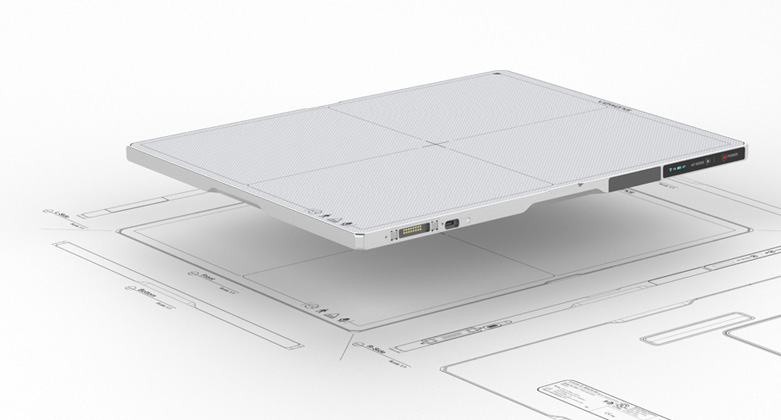
What's the difference between Gadox and Csl?
Digital Radiography (DR) frequently uses Flat Panel Detectors (FPD). Inside these detectors is a layer of material known as a scintillator. Scintillators, which turn x-rays into light, were once referred to as “screens” when they were in film cassettes. The basic concept is still the same. However, digital x-ray requires much brighter light than that you get with cassette screens, and the materials used are not the same. In digital x-ray, the two materials used are Cesium Iodide (CsI) and Gadolinium Oxide. (GadOx).
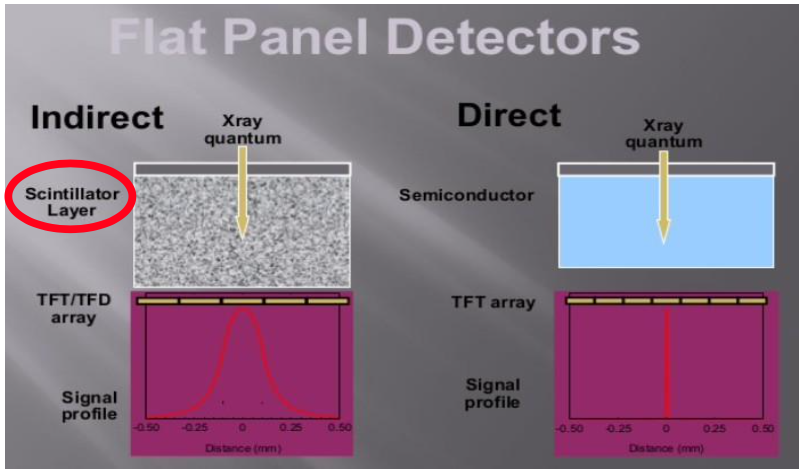
Our panel produced by scintillator as above.
Panels comprised of CsI typically yield more detailed, higher resolution images. These panels also have better light output. Since CsI panels are more sensitive to dose levels, there’s typically a reduced radiation dose of about 10% or so between CsI and GadOx.
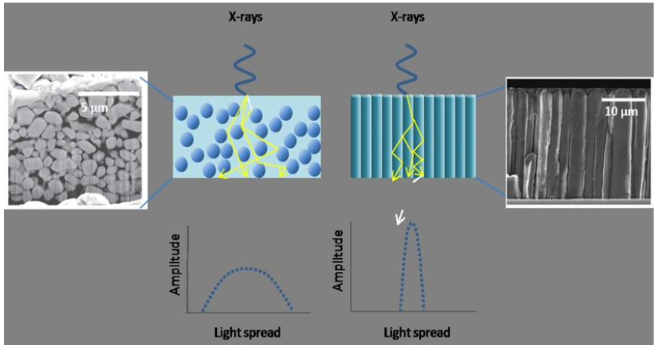
As photo, CsI panel absorbed the X ray power strength better than Gadox. Left is Gadox. Right is CsI.
GadOx, on the other hand, which is great as a scintillator in panels for certain applications, also produces high image quality. However, when compared to CsI by a trained eye, a difference can be seen between the two compounds. One factor in which GadOx does beat CsI is in cost, as GadOx FPDs come with a lower price tag.
While GadOx seems appears to be a worthy opponent, it’s clear that CsI is the preferable of the two compounds. In fact, some argue that CsI is the highest level of technology used to reduce the radiation dose required for each x-ray shot while also achieving clean, higher resolution images.
Whether you go with a detector using CsI or GadOx, the following fast facts are good to know:
1. Thicker scintillator layers increase the amount of x-ray conversion to visible light, which leads to good absorption efficiency.
2. Thick layers of scintillators increase the amount of scatter, which decreases contrast.
3. Thin scintillators have lower absorption efficiency but better spatial resolution.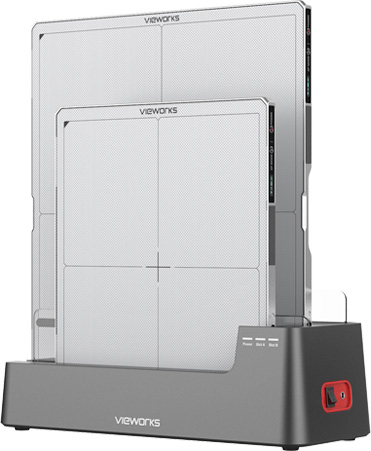
Gadox DR Panels and Cesium DR Panels
Radiation Dose
Capturing an image with a CsI panel requires a radiation dose approximately 10% lower than capturing an image with Gadox. A lower dose is a lower dose and, therefore, advantageous. The first advantage that the CsI panel brings to the table is a lower radiation dose, compared to many other types of radiography technology (including the Gadox plate). This is particularly advantageous in larger facility settings, such as hospitals, orthopedic group or urgent care clinics, where larger numbers of images must be taken in a series, and patient volume may be high.
Image Quality
CsI panels also have slightly better image quality than Gadox panels. The CsI panel is going to provide the superior resolution and image quality often required by hospital doctors and orthopedic surgeons.
Purchase Price
This is a category where Gadox panels come out on top. Currently, Gadox panels cost around 20-30% less than CsI panels. This can, of course, be attributed to its disadvantages in other areas. If you’re interested in a slightly lower radiation dose, better image quality, and understand the advantages of spending a little more money on your initial investment, the CsI is the device that will be more likely to suit your needs.
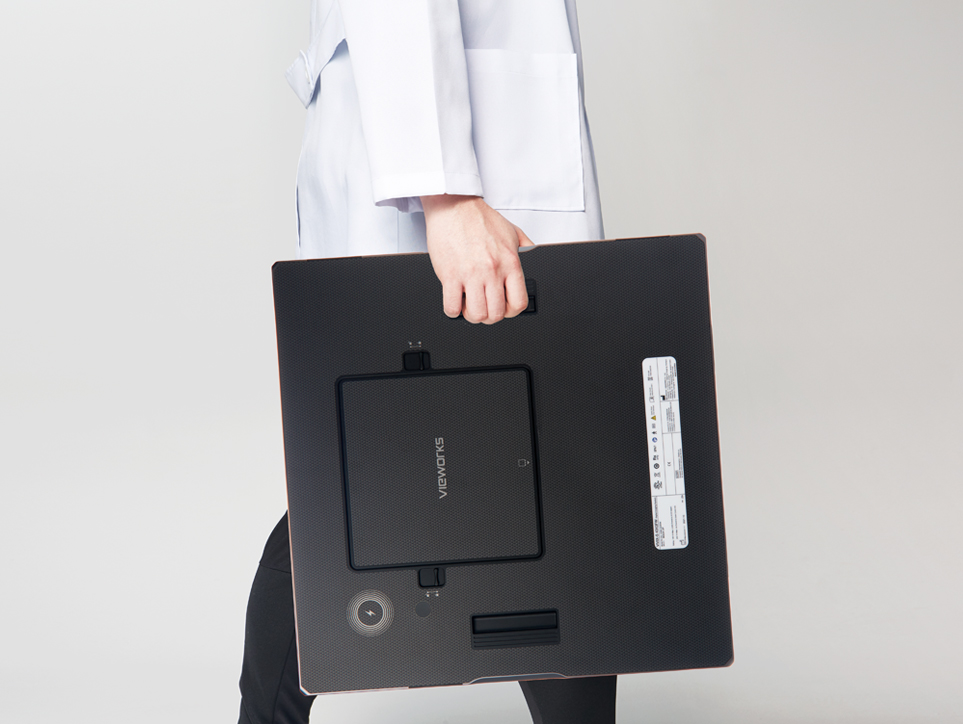
Contact us now and let someone from our sales team assist you in finding the perfect solution for your facility http://www.nmi-dr.com/contact_us.php
http://www.nmi-dr.com/contact_us.php
 sales@newmedical.com.tw
sales@newmedical.com.tw